As pup parents, it’s our responsibility to get our furry friends spayed or neutered. While many of us are familiar with the terms, we thought we’d give a brief breakdown of what each procedure looks like.
Spaying is an ovariohysterectomy. Veterinary surgeons will remove the dog’s ovaries and uterus, preventing her from ever getting pregnant. Similarly, according to the American Kennel Club neutering “is the surgical removal of a male dog’s testes.” Both procedures are “performed under general anesthesia” and have a short recovery time.
The best age for your dog to get spayed or neutered is contingent on their size and breed.
The cost of the procedure widely varies, ranging from $35 to $400. If that is out of your budget, consider looking into low-cost spay/neuter programs.
So now that we’ve got the basics out of the way, let’s get into why it is so important to get your pup spayed or neutered.
Well for one, the removal of reproductive organs can help prevent your dog from having several health issues.
“Unspayed females can develop a painful and life-threatening infection of the uterus called pyometra. Unspayed females are also at a higher risk of mammary tumors than females that have been spayed. Neutering a male dog prevents testicular cancer and reduces the risk of other problems, such as prostate disease,” explained Dr. Jerry Klein, AKC’s Chief Veterinary Officer.
In addition, the Humane Society of the United States reported that research done by the University of Georgia study, using a sample size of 70,000 canine companions, “found that the life expectancy of neutered male dogs was 13.8% longer and that of spayed female dogs was 26.3% longer,” comparative to their non-altered counterparts.
Also, spaying and neutering can help lessen euthanasia rates. Now, any dog-lover is upset by the fact that every year over a million shelter dogs are put down. This is especially true for those who have a particular fondness for pit bulls. In a previous post, we mentioned that pits are “by far the most euthanized breed” in shelters, as reported by the Save-a-Bull Rescue. One of the reasons being is overbreeding, which directly impacts shelters that have limited resources. By choosing to get your pet fixed, you are ensuring that you are not attributing to overpopulation and in turn, saving animals.


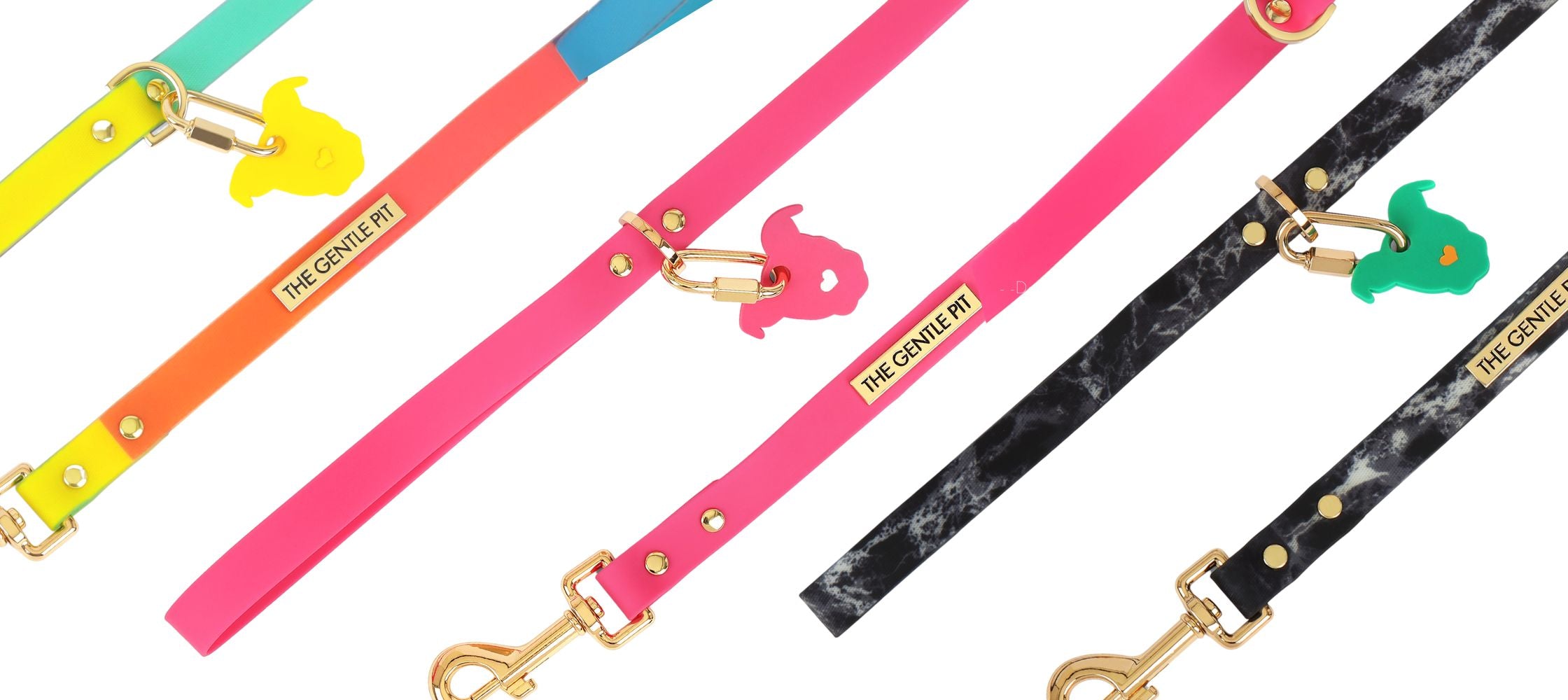
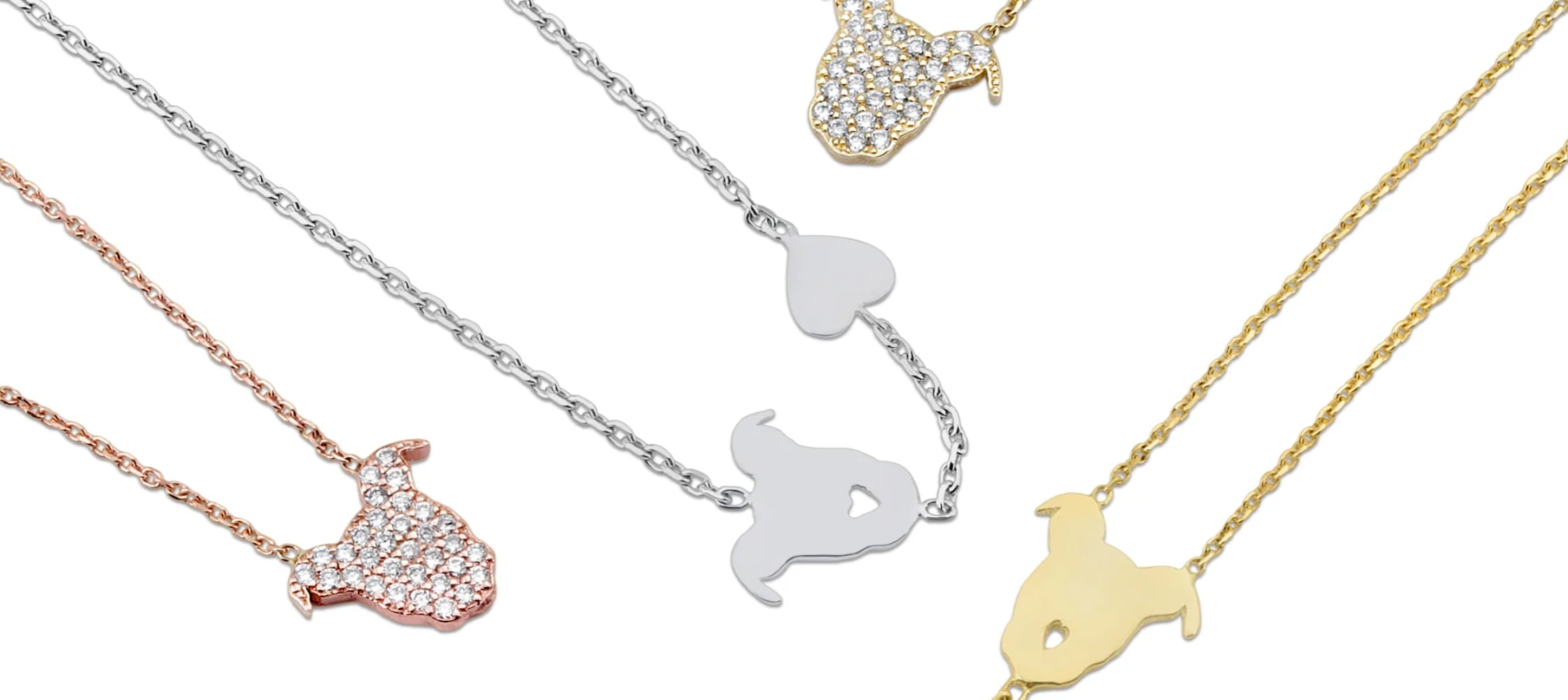




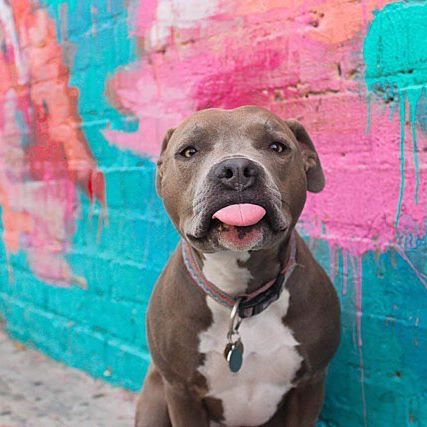
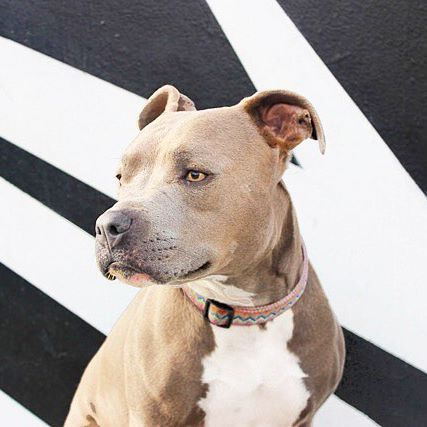
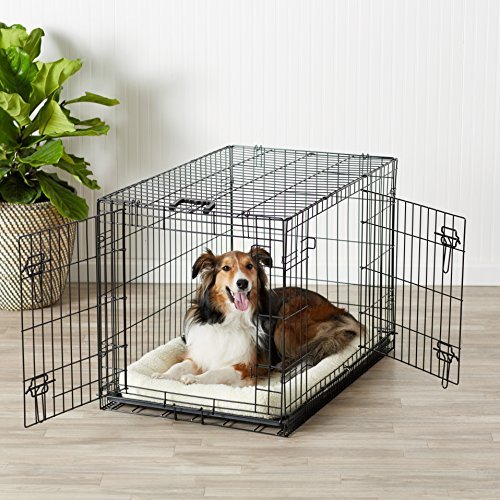
I have been living with my wife with a small penis in my marriage and this has resulted to an everyday problem with me and my wife because we had no child and we have been married for 6 years, i was really confused and i was so shy to say it out to anybody until my wife threaten to go for a divorce and that will be a shame to my path, so i read about a Shared Testimony of DR.WEALTHY site on how he has helped so many people to solve there problems with his herbal cream so i applied and he sent it to me and instructed me on how to use it, what surprised me was that it took just 1 month and my penis was (6.1 inches) when erect, and now my wife is 4 months pregnant, Do not be shy to loss what you cherish so much take a bold step today and contact him on his below contacts via Email wealthylovespell@gmail.com or WhatsApp :+2348105150446 so you can benefit from his herbal medicine.
We need to get veterinarians on board with spay/neuter ASAP. So many vets still advise owners to wait til the dog is 6-12 months old. There is no proof that waiting this long does any good and, in fact, does tremendous harm.
Thanks for this blog.
I do not understand how it is possible that shelters allow the adoption of intact animals. Every animal should be altered before leaving the shelter. Only acception animals too young for the surgery. I am so dismayed that they will allow unaltered animals to leave the shelter, potentially adding to the problem.
I do not understand how it is possible that shelters allow the adoption of intact animals. Every animal should be altered before leaving the shelter. Only acception animals too young for the surgery. I am so dismayed that they will allow unaltered animals to leave the shelter, potentially adding to the problem.
Leave a comment